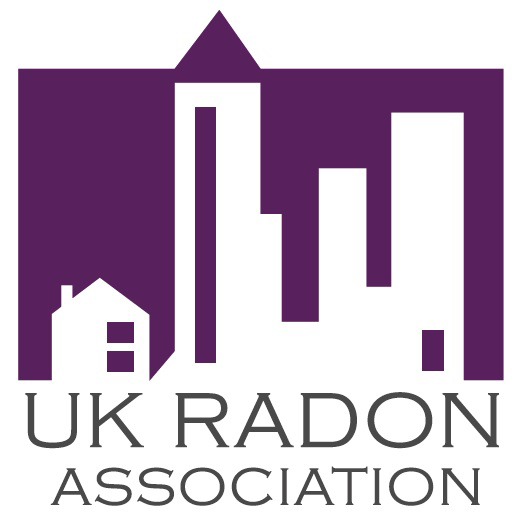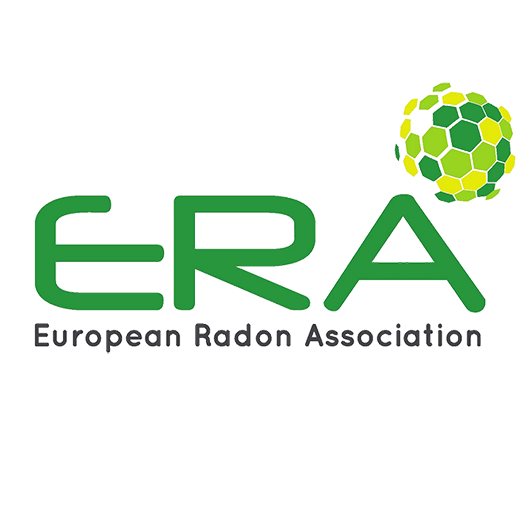Since 1974 the Health and Safety at Work Act has required employers to take responsibility for the safety of employees and the public in the UK. The Management of Health and Safety at Work Act were implemented to reinforce the HS@WA. The legislation requires risk assessments to identify significant risks in the workplace (including employees working from home) and carry out actions to minimise those risks.
Radon is a potentially significant risk to health in numerous areas across the UK and in all below ground work spaces. The Ionising Radiations Regulations 2017 (IRR17) requires radiation risk assessments to be carried out .
Radonova has designed the following step-by-step guide to correctly perform Radon screening, to be legislative compliant and ultimately ensure a healthy working environment.
Step 1 – Long-term radon measurement
The radon monitoring process is very simple and inexpensive. The measurement consists in carrying out a survey over 3-month period (preferably in the winter period), in accordance with the Public Health England (PHE) validation scheme . Radon monitoring should avoid times when the building will be unoccupied for extended periods, e.g. school summer holidays.
It is also preferable to use an accredited as well as validated laboratory; such as Radonova.
If the result of the measurement indicates a radon concentration less than the action level for workplaces, 300 Bq m-3 (IRR17), no immediate action is necessary. The Health and Safety Executive (HSE) recommend subsequent measurement to be completed after 10 years or after structural changes .
Step 2 – Occupational Action Level
If the result of the measurement is at or greater than 300 Bq m-3 the IRR17 are applicable . These regulations place responsibilities upon the employer that include taking action to reduce radon levels or manage exposures. You must also notify HSE of these results if the result is greater than 1000 Bq/m3. You can perform a radon measurement during working hours, to check the actual radon exposure of your employees before implementing the remedial actions. Indeed, radon concentrations vary during the day. Therefore, it is possible that the annual average, calculated in step 1, does not reflect the actual radon exposure during working hours. Contact us to define the method that will be most suitable for you. Click here to learn more about targeted measurements.
Step 3 – Inspection and Measurements
If results greater than 300 Bq m-3 (IRR17 are applicable) are measured, it means that radon exposure can be a hazard for your employees. It is then necessary to set up actions to reduce radon levels. Those actions can be simple or require the help of a radon consultant. In cases where the results are greater than 1000 Bq m-3, it will be necessary to find the right solutions to effectively reduce radon levels as soon as possible and inform the HSE.
Step 4 – Follow-up Action
Once remediation measures are in place, it shall be necessary to monitor their effectiveness. Radonova advises to perform a long-term measurement under similar conditions to those in step 1, following the annual maintenance.
Step 5 – Personal Dosimetry
It may be physically impossible or unrealistic to lower radon levels below the action level. In such cases, it is necessary to evaluate the dose due to radon exposure employees may receive. Personal dosimetry will help to the employer to make decisions regarding maximum time an employee can stay in the area with high radon levels. A Radiation Protection Advisor shall be appointed to support dose minimization and measurement.
Step 6 – Healthy Environment
The health risk of radon is well established. Radon is the second leading cause of lung cancer after smoking. It is essential to measure radon wherever you are and to repeat, even the measurements, at least every 10 years and after each structural modification in the building.
The general principle to apply when working with reducing radon levels should be the ALARP principle (As Low As Reasonably Practicable) reducing radon to as low as possible has the greatest potential to minimize risk. But “practical” includes an awareness of costs.
It is also best practice to offer the workforce the option to measure at home. This is a requirement of the employer if they allow the employee to work from home . Mitigation at home is the responsibility of the home owner.








